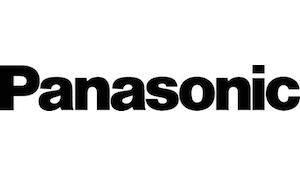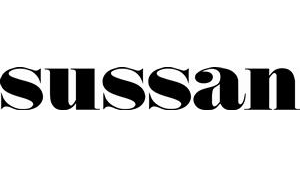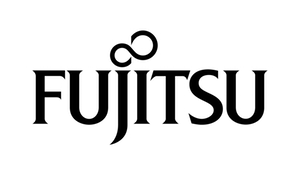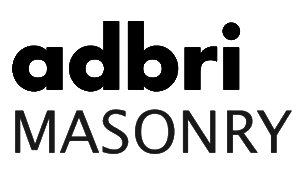
Blog
5 Ways to Set Proper Expectations for Employees
Business owners rightly expect their employees to work hard and be an asset to the company. In order to achieve this, it is essential that all members of staff know what is expected of them. Unfortunately, many employers forget the importance of setting proper expectations for their employees.
Sometimes, it can even be the case that a lack of clarity when it comes to expectations may cause employees to underachieve. Although the employee is ultimately responsible for how they spend their time, a lack of clear expectations may affect your business.

What are expectations for employees?
Expectations in a business setting mean defining or communicating the level of performance required by each individual or team.
Usually, it is possible to break expectations into 2 categories:
- Behavioural expectations. These should outline the type of attitudes, conduct, and values that employees should demonstrate.
- Performance expectations. These relate to the outcomes that each employee or team should achieve.
The importance of setting proper expectations for employees
There is a saying: “Fail to plan and plan to fail”. When you think of setting expectations as a company plan, it is easy to see why they are important. Although some business owners may find it challenging to do this, its importance can’t be understated enough.
For example, according to a Gallup survey, 50% of workers say that they are unsure of what is expected of them. The result can be that performance suffers, employees feel frustrated, and relationships suffer.
Employees who know what is clearly expected of them are more focused, engaged, happier, and content in their employment.
There is another reason why setting a level of expected performance is so important. Expectations provide a great benchmark to rate or measure success or underperformance.
Ways to set appropriate expectations for employees
Setting proper expectations doesn’t require a revolution in the workplace. It is usually something as simple as having a team meeting to outline what is required or expected.
Here are some of the best ways to help everyone know what is expected of them.
1. Set clearly defined goals
First, expectations need to be specific and clear. Think of them as the goals you want to achieve.
For example, just saying that you expect everyone to do better or that you expect sales to increase is not specific. These expectations will just leave employees feeling lost and frustrated.
A more clearly defined expectation would be something like: “Our goal is to increase sales by 12% in the next 6 months”.
2. Set expectations that high yet reachable
Your expectations should be high enough to help your employees achieve more and better results. However, they should not be so unrealistic that they overstretch staff. This will only lead to burnout and affect the wellbeing of everyone involved.
3. Put them down in writing
The best way to ensure that employees know what is expected is to put it in writing. Of course, it is best that you discuss expectations with your employees and get their feedback. After the meeting, you need to put the expectations down in writing. This makes sure that team leaders and members remember in a month’s time or in a year’s time what is expected.
4. Be an example
The best leaders show by their example what is expected of everyone in the organization. For example, if a company has a policy of diversity in the workplace, it would not be appropriate for bosses to tell sexist jokes or make disparaging remarks about others at work or after work.
5. Have a review process
Having a review process is just as important as defining expectations in the first place. The review helps keep everyone accountable. They also help to measure what has been achieved and what still needs to be done. This also gives leaders a chance to praise employees for their hard work and offer constructive criticism.
It is also best that these meet-ups are regular to prevent small problems from developing into big issues.
Recent Posts
-
Working From Home — Ultimate Security Tips for a Safe Home Office
-
Unexpected Ways Stress Affects Your Body
-
The Worst Mistakes to Make When Working from Home
-
The Undeniable Worst Mistakes to Make in a Meeting
-
The Top 6 Myths About Leadership Debunked
-
The Best Apps for Busy Professionals
-
Is Telecommuting the Answer to Work-Life Balance?
-
The Importance of Career Goals to Boost Success at Work
-
The Shocking Dangers of Workplace Burnout
-
How to Restart Your Positive Emotions
























